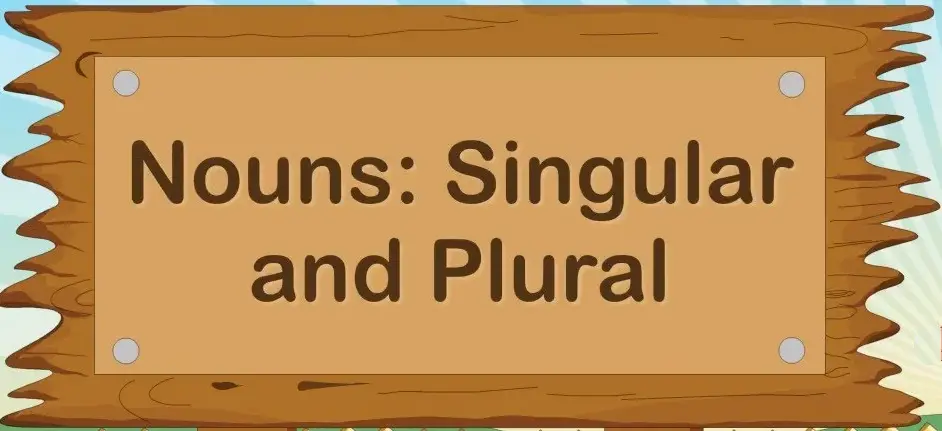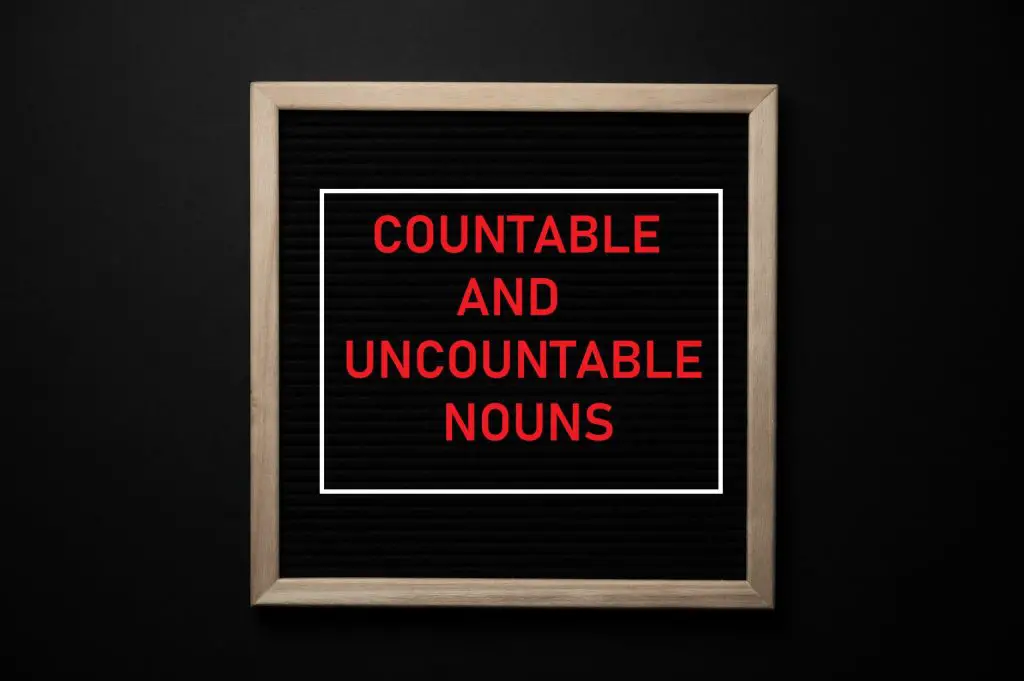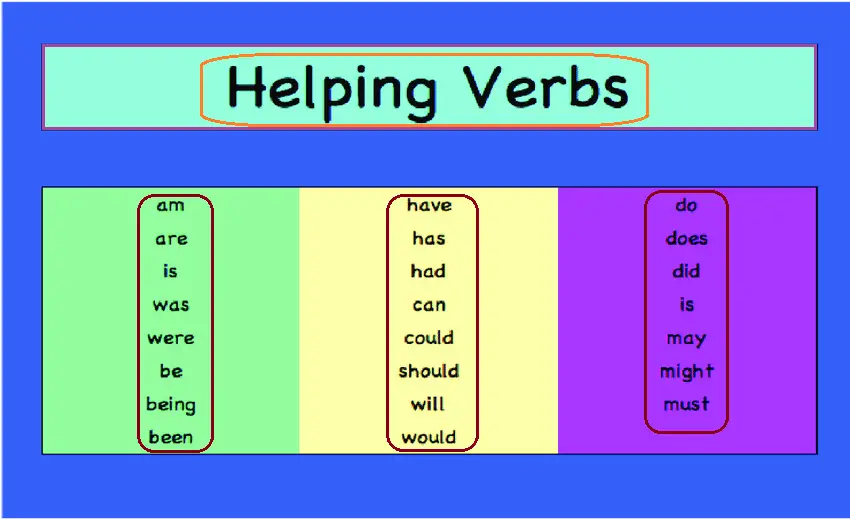Gender is a system of noun classification. The gender of a noun (or pronoun) informs about the sex of that noun. The word “Gender” comes from the Latin “genus” which means kind or sort. In the English language, there are four noun-genders. They are:
- Masculine gender
- Feminine gender
- Common gender, and
- Neuter gender
What is Masculine Gender?
The masculine gender is a noun (or pronoun) that refers to a male animal or character. For example, boy, man, king, actor, lion, etc all denotes the name of a male animal or male species. So, all these nouns are of masculine gender. Let’s take some more examples:
The boy is running in the park.
He is my brother.
In the above two sentences the words “boy”, “brother”, “he” denotes members from the male community. So, all these words are masculine gender. Note that “he” is a masculine pronoun.
Masculine gender relates to living things. But there are few objects without life that are often spoken of (personified) as if they are living beings and then considered as male objects. For example objects of remarkable strength and violence are considered as the masculine gender. Summer, Time, Sun, Death, etc are examples of personified masculine genders.
What is Feminine Gender?
Feminine gender refers to those nouns or pronouns that denote a female animal or character of a species. For example, girl, actress, woman, lioness, etc refers to the name or character of a female species. So, all these words are of the feminine gender. Let’s understand feminine genders in the sentences below:
The girl who is playing is my sister.
She can speak fluent English.
In the above sentences “girl”, “sister”, and “she” refers to the female members. So, all these words are of the feminine gender.
Feminine gender also denotes living beings. But few objects of beauty, gentleness, gracefulness, etc are personified as feminine gender. Examples, Moon, Spring, Nature, Peace, Charity, etc are examples of personified feminine genders.
What is a Common Gender?
A common gender is a noun that refers to either a male or a female. Means common gender is not specific about whether it is male or female. For example, thief, friend, cousin, baby, etc. All these words can denote either male or female. A baby can be a boy or a girl. But the word baby is not specific, it has the potential to be either male or female. Such words are of the common gender.
What is Neuter Gender?
A neuter gender refers to a noun that is neither male nor female. In general, these are names of things without life. So these are normally non-living nouns. For example, library, books, pen, star, computer, etc. All these words do not specify either a male or female object. Hence, all these words are of the neuter gender.
Masculine to Feminine Gender Rules
There are various rules to convert masculine to feminine genders or vice versa.
Masculine to Feminine Gender by adding a syllable (-ess, -ine, -trix, -a, etc.)
A masculine noun can be transferred to feminine by adding a syllable as shown below:
| Masculine Noun | Feminine Noun | Masculine Noun | Feminine Noun |
| Author | Authoress | Poet | Poetess |
| Hero | Heroine | Sultan | Sultana |
| Czar | Czarina | Negro | Negress |
| Signor | Signora | Host | Hostess |
| Actor | Actress | Prince | Princess |
| Founder | Foundress | Tiger | Tigress |
| Hunter | Huntress | Waiter | Waitress |
| Emperor | Empress | Master | Mistress |
Masculine to Feminine Gender by replacing a word before or after the noun
A feminine gender can be formed from a masculine gender by replacing a word as shown below:
| Masculine Noun | Feminine Noun | Masculine Noun | Feminine Noun |
| Manservant | Maidservant | Grandfather | Grandmother |
| Landlord | Landlady | Peacock | Peahen |
| Salesman | Saleswoman | Washerman | Washerwoman |
Masculine to Feminine Gender by using a complete different word
Sometimes, the feminine form of the gender is totally different from the masculine form as shown below:
| Masculine Noun | Feminine Noun | Masculine Noun | Feminine Noun |
| Boy | Girl | Brother | Sister |
| He | She | King | Queen |
| Lord/Gentleman | Lady | Man | Woman |
| Monk | Nun | Bull | Cow |
| Buck | Doe | Horse | Mare |
| Husband | Wife | Son | Daughter |
| Daddy | Mummy | Bull | Cow |
| Nephew | Niece | Wizard | Witch |
Gender Worksheets
Let’s practice various gender worksheets given below to update your understanding on the subject.
Q1. Masculine and Feminine gender worksheets: Fill the table below with the proper form of applicable masculine or feminine genders:
| Masculine Noun | Feminine Noun | Masculine Noun | Feminine Noun |
| Boy | Brother | ||
| She | King | ||
| Lady | Woman | ||
| Landlord | Hunter | ||
| Monk | Bull | ||
| Doe | Horse | ||
| Husband | Son | ||
| Policewoman | Hen | ||
| Nephew | Witch | ||
| Empress | Founder | ||
| Actor | Authoress | ||
| Czarina | Hero | ||
| Sultan | Host | ||
| Princess | Tiger | ||
| He | Peahen | ||
| Hen | Uncle | ||
| Poet | Vixen |
Q2. Choose the correct gender group for each noun.
1. Aunt
a. neuter b. masculine c. feminine
2. School
a. masculine b. common c. neuter
3. Lion
a. feminine b. masculine c. common
4. duck
a. feminine b. common c. neuter
5. wife
a. neuter b. masculine c. feminine
6. Grandfather
a. neuter b. masculine c. feminine
7.Huntress
a. feminine b. common c. neuter
8. Priest
a. neuter b. masculine c. feminine
9. Patron
a. neuter b. masculine c. feminine
10. Niece
a. feminine b. masculine c. common
Q3. Write the gender names for the given words
a. Prince _______________
b. Prophet _______________
c. Sow _______________
d. Steward _______________
e. Milkman _______________
f. Landlord _______________
g. Queen _______________
h. Host ________________
i. Grandmother _______________
j. Songster _______________
k. Teacher _______________
l. Student ________________
l. Parent ______________
m. Doctor ______________
n. Enemy _______________
o. Policeman _________________
Q4. Identify the genders in the following sentence and write which gender it is.
a. Grandmother makes ladoo for me.__________
b. The soldiers were rewarded for their bravery.____________
c. The boy stood on the burning deck._______________
d. The girl is fond of music._________________
e. The rose smells sweet.___________________
f. Iron is a useful metal.______________
g. Who threw a stone?_______________
h. The old crow tried to sing.______________________
i. There is no picture in the book.______________
j. The ship sustained heavy damage._______________
k. The child fell down from the great height.____________________
l. The doctor says it is hopeless case._______
Q5. Write the masculine form of the words
a. My sister played badminton with her friend.
b. The poor woman has not rupee.
c. My aunt is a teacher.
d. The headmistress wants to speak to you.
f. The queen stays in a castle.
Q6. Write the words into the right column.
(Book, Pen, Wood, Oil, Honesty, Sweetness, Brunch, Crowd, Ant, Crow, Baby, Guest, Lioness, Hunter, Nephew, lady, Waiter, sultan, fox)
|
Masculine Gender |
Feminine Gender |
Neuter Gender |
Common Gender |
|
|
|
|
|




